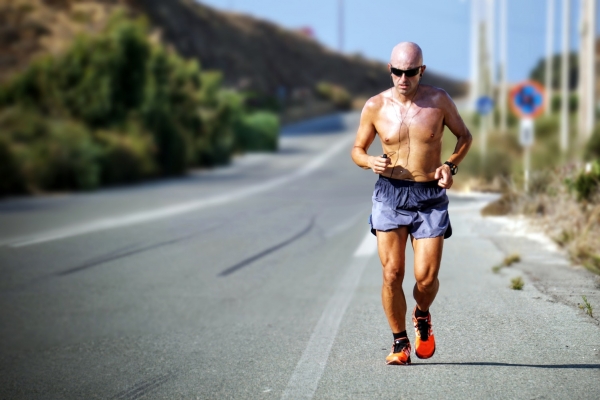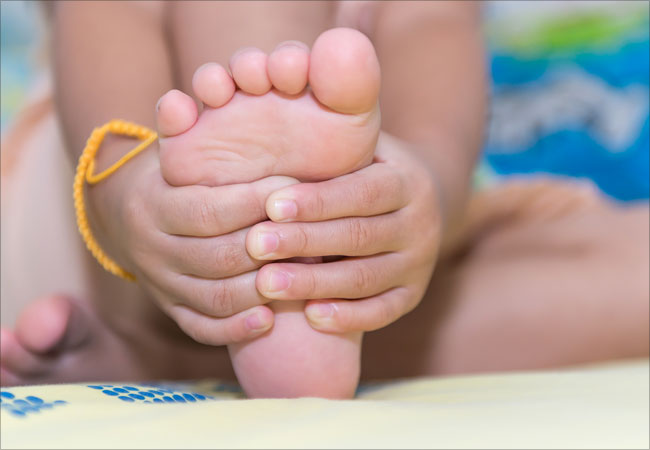What do Runners ask a Sports Podiatrist? – Q&A
Can we strengthen our feet for running?
There are many flexibility, form and strength components that make for a finely tuned running technique. Our feet, or more importantly the strength of our feet are often an overlooked feature of fast, injury-free running.
Just like the muscles that are involved in “core’ strength of our lumbo-pelvic region, we have smaller stabilizing muscles within the foot (intrinsics) and larger prime movers that act on the foot via the lower leg (extrinsics). Every one of these muscles need to be strong and coordinated to ensure your feet are “pulling their weight”.
A great specific exercise that targets foot and lower leg strength for running is the bunny hop; See video http://www.upandrunningpodiatry.com.au/education/exercise-videos/bunny-hops/
Anything to strengthen and help the underside of the foot to avoid Plantar Fasciitis?
Plantar fasciitis is an overuse condition where the collagen of the plantar fascia is damaged in the absence of inflammation. This can occur in the arch or heel of the foot. The condition can therefore be more accurately referred to as plantar fasciosis.
How to deal with it
● Avoid aggravating activity (e.g. high impact activity) and run on soft surfaces
● Ensure running shoes are correctly fitted
– there is no ‘best’ running shoe for treating plantarfasciosis
– running shoes should be prescribed based on the appropriate level of a support for a given foot type
● Avoid walking barefoot
● Stretching the plantar fascia, calf muscles and the Achilles tendon
● Ball release of the intrinsic muscles of the arch
● Heat – heat pack to heel as often as possible throughout the day
For information on choosing the right running shoe to help prevent injury, see our Blog:
http://www.upandrunningpodiatry.com.au/education/are-running-shoes-making-us-weak-how-do-i-choose/
There are numerous exercises to help strengthen the intrinsic muscles of our feet which act like a ‘spring’ during walking. Active Arch vs Lazy Arch specifically targets the 20 tiny muscles under the foot; See Video http://www.upandrunningpodiatry.com.au/education/exercise-videos/active-arch-vs-lazy-arch/
Thongs, should we wear them or ditch them?
Lots of pro’s and con’s with thongs. They let our feet spread out and we aren’t restricted by the narrow walls of our footwear and they’re also a great barrier between the hard floor at home and our foot when there is a pathology like plantar fasciitis.
However, they can cause us to claw at the toes to try and grip on the ground due to the ‘lack of fixation’ to the foot; this can cause problems long term. So in short, wear them but probably not something to live in.
How do I know when my running shoes are screwed and it’s time to get new ones?
Running shoes as a general rule work like a car on a KM basis. Generally speaking you’re looking around the 600-800km mark as a good time to introduce a new shoe into the routine. (This is for a standard, cushioned style running shoe, racing flats, minimal style have a lesser KM range). If you’re using your shoe for anything other than straight line running (like going to the supermarket, casual wear or gym training) this will reduce the life span of your shoe. You’re body is always a good indicator of when it’s time to switch up shoes. Just remember generally even people who don’t reach the KM change over mark should change their shoes every year to 18 months maximum.
What are some of the causes of numb feet when I am running?
● Shoes too narrow causing compression of the foot.
● Laces too tight: you want to have even lace tension from toes to top of the foot. If you think they’re even but you’re feet are still going numb, then try replacing and skip the eyelets closest to your toes so start at the second line of eyelets. This gives more space in the forefoot.
● Too much space in the forefoot, causing you to claw down with toes to grip down in the shoe
● Compression of a nerve higher up around the ankle.
It’s important to note which part of the foot is going numb, is it a few toes or the whole bottom of the foot, or just the outside? And is it relieved as soon as your shoes are taken off or does it persist? Nerve pain can be multifaceted and every presentation is different. It is worth a visit to the clinic if it doesn’t relieve with footwear/lacing advice.




